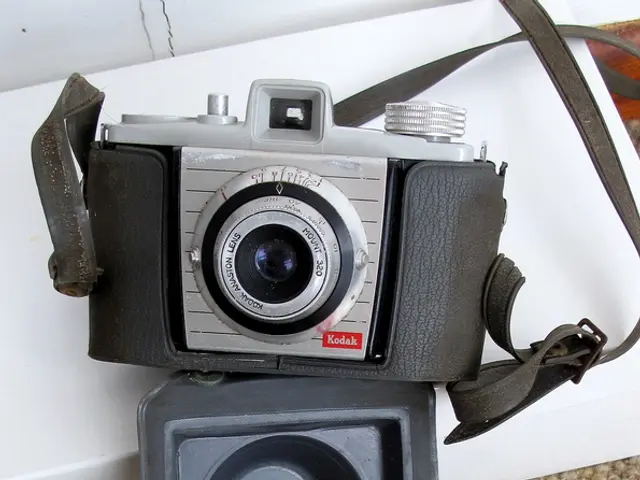Optical illusion interpretation potentially influenced by one's geographic origin: determine the hidden image based on your experiences.
In a groundbreaking study led by Ivan Kroupin at the London School of Economics, the perception of the Coffer illusion has been found to be significantly influenced by cultural background. This well-known optical illusion, which challenges viewers to see either rectangles or circles in a grid of line segments, has long captivated the internet, and now, it provides a unique lens through which to explore cultural differences in visual perception.
1. **Environmental Influence on Perception**: People from Western, urban societies, often referred to as 'WEIRD' (Western, Educated, Industrialized, Rich, Democratic), tend to see rectangles first due to their familiarity with built environments filled with straight lines and right angles. In contrast, individuals from rural communities, such as those in Namibia, are more likely to perceive circles, reflecting their exposure to rounded forms in their natural and built environments, like circular huts.
2. **Cultural Sensitivity to Shapes**: The distinction in perception highlights how cultural background shapes our visual interpretation of the world. It suggests that our brains are tuned to recognize patterns and shapes that are more common in our daily surroundings, which can vary significantly across different cultural settings.
3. **Perception as a Window to Cultural Experience**: The Coffer illusion serves as a tool to illustrate how cultural background, alongside biological and environmental factors, influences perception. It underscores that our perception of reality is subjective and can be influenced by our cultural and environmental contexts.
The study's findings could have far-reaching implications for understanding visual perception and its relationship to cultural background. The difference in perception of the Coffer illusion could hint at larger visual discrepancies between people, offering a fascinating avenue for further research. The study was reported by The Guardian, adding to the widespread interest in the Coffer illusion on the internet.
- Design Implications and the Coffer Illusion: The findings of this study could affect various creative fields, such as UX, UI, and art design. For instance, a designer targeting an audience from rural Africa might want to incorporate more circular layouts, as suggested by their heightened sensitivity to circles.
- Fashion and Beauty Trends: The influence of cultural background on perception may also extend to fashion-and-beauty industries. The understanding of how cultural upbringing affects individual preferences for shapes and silhouettes could inform the creation of designs that resonate with diverse audiences.
- Travel, Food, and Car Preferences: The study's findings could even influence travel preferences, as individuals might be drawn to destinations with built or natural environments that match their Coffer illusion perception. Similarly, one's choice of food-and-drink experiences or cars might reflect their preference for shapes and symmetry, which could be influenced by their cultural background.








